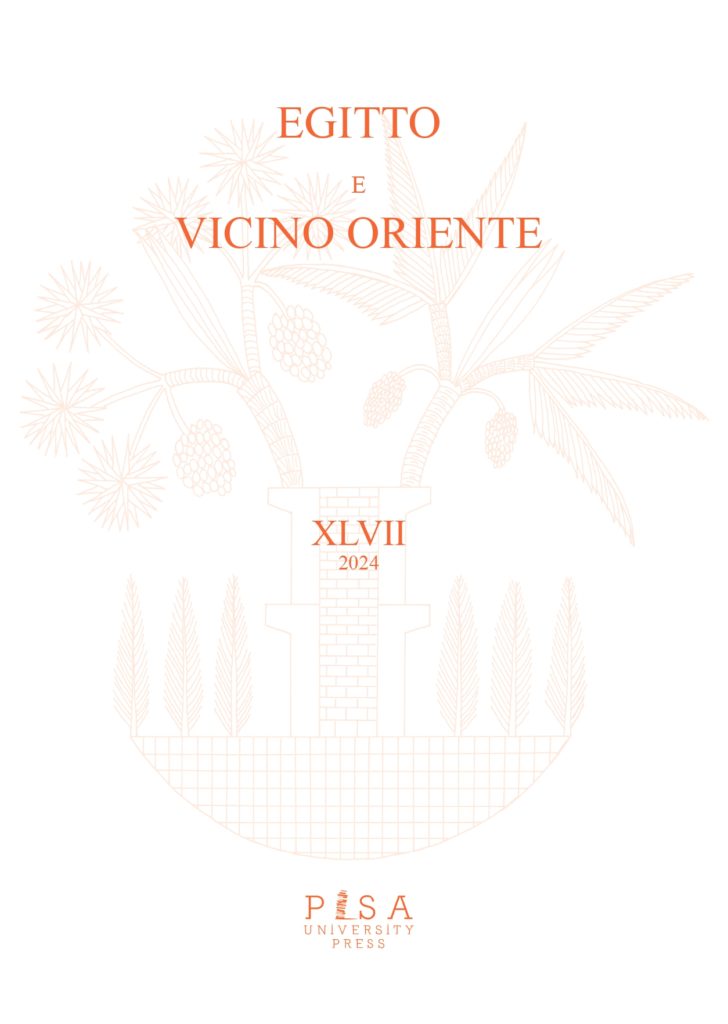
The study of administrative titles, and in particular those concerning military and work-force organisation, is often difficult to understand due to the nature of the sources. This is especially true concerning the study of titles during the Middle Kingdom. In this way, the title xrp sk.w “director of the troops” is difficult to understand, due to the scarcity of sources on this matter. Furthermore, the word is exposed to a variety of interpretations, often shaped on
post-Middle Kingdom records, which could force its understanding as a term concerning the “military” lexicon. This contribution aims to reconsider the meaning of the term sk.w, based upon the data relating to the Middle Kingdom, and to understand whether the related title xrp
sk.w can be considered as a “military” title or a more generic “additional” title, used by holders of other administrative offices.
he present article aims to publish the incomplete manuscript prepared by von Bissing for the Catalogue général des antiquités égyptiennes du Musée du Caire, which was intended to catalogue the objects of Queen Ahhotep’s treasure. The goal was to produce a single volume that would include only the items from the discovery of the queen’s burial equipment. However, this publication project never came to fruition, and the Catalogue général numbers assigned by von Bissing (from *CG 19500 to *CG 19549, later extended till *GC 18566) have been annulled. Nonetheless, von Bissing completed most of the entries, and his manuscript provides important additions to the study of the assemblage of Queen Ahhotep.
This contribution highlights the importance of archival documents from Turin, largely unpublished, as essential sources for recovering lost information about the excavation campaigns carried out in the Valley of the Queens (Luxor) by the Italian Archaeological Mission at the dawn of the 20th century. The focus is on tomb QV 39, first investigated in 1904 by the archaeological mission directed by Ernesto Schiaparelli. Through the analysis of notes and sketches by Egyptologist Francesco Ballerini, Schiaparelli’s right-hand man, it has been possible to reconstruct the original context of the discovery of tomb QV 39 and identify a number of artifacts recovered from the tomb, which are currently preserved at the Museo Egizio in Turin. The study of this specific case has also raised new questions about the management and cataloging of materials from the excavation, or once they were brought to Turin, revealing inconsistencies in their provenance
context and possible attribution mistakes. Although some artifacts are still missing, this work of recontextualization underscores the value of archival documentation in clarifying forgotten archaeological events and offers new research perspectives on tomb QV 39, highlighting – for the first time – its role in the framework of the ancient Egyptian heritage now preserved in Turin.
This paper aims to point out some issues related to the Qeheq, an ancient population thought to be located in the Western Desert, possibly native of the territory of modern Libya. The information available about them come from just a few New Kingdom texts. Above all, two papyri from Turin might contain traces of their language, for which a translation is still lacking. Through a brief analysis of the written sources, this note tries to put forward some observation about the Qeheq people and their historical background, in the attempt of suggesting something about their geographical, linguistic, and cultural horizon.
Among the many shabtis found in the area investigated by the Italian Archaeological Mission at Dra Abu el-Naga (M.I.D.A.N.), one group is particularly worthy of interest, that of the lady Tꜣ-ḥw.t-s-Mnṯ(w). Her original burial was certainly outside the area of the University of Pisa’s
concession: the fragmentary funerary statuettes made of faience were mainly brought to the area by flash floods. They have well defined, graceful female features, including relief breasts. This article examines their iconography, the text (an abbreviated shabti spell, arranged into three vertical columns), and proposes a date around the early 21st dynasty. It also briefly traces the history of shabtis with gendered features, and, in the final part, it addresses the long-standing debate on the conception of shabtis as replicas of the deceased or as their servants as well as the implications of supporting either hypothesis for the interpretation of gender iconography in shabtis
Among the objects discovered in the burial chamber of the shaft tomb of Iufaa was a rather large, inscribed limestone vessel roughly in the shape of a canopic jar. So far, it has been referred to as the “fifth canopic jar”, but a closer look at the vessel and its inscription indicate that it is in fact a sn.w-vessel associated with collecting the efflux (rḏ.w) of the mummy
Dada was a gala-priest who worked for the royal court of the Third Dynasty of Ur in Mesopotamia as a music administrator. However, few texts inform us about the total number of artists that could be under his responsibility. By commenting on the text NATN 855, a list of animal horns received by Dada, this paper argues that he could have managed up to 149 nar-musicians, in addition to other gala-priests and performers.
This paper presents the preliminary results of the Baghdad Urban Archaeological Project (BUAP), an Italian marchaeological mission conducted by the University of Catania under the auspices of the Iraqi State Board of Antiquities and Heritage at Tell Muhammad. Tell Muhammad is a mounded site located in the southern suburbs of Baghdad, about two kilometres east of the Tigris River. Previous research of the 19th and 20th centuries revealed a continuous stratigraphic sequence dated to the Old Babylonian period (ca. 1900-1600 BCE), characterised by a settlement with craft production, domestic, and sacred areas. Archaeological findings, together with cuneiform tablets, also revealed cultural and political connections of the site with both Ešnunna to the north and Babylon to the south. To further highlight the role of Tell Muhammad at a local and regional scale, BUAP resumed archaeological work at the site in 2022, which continued in 2023. The results of our work not only confirm previous chronological assessments but also significantly contribute to our understanding of Mesopotamian urban life, particularly in the areas of water management and ritual activities.
